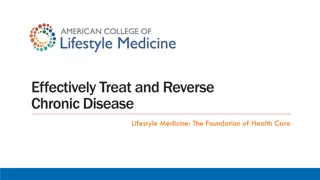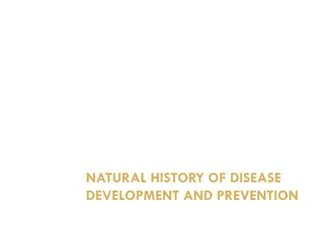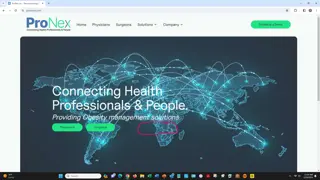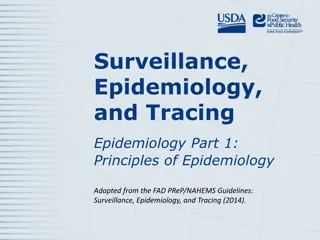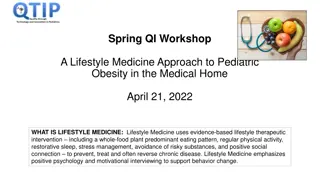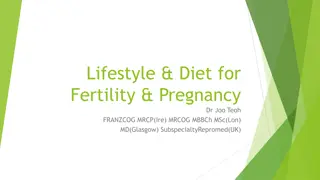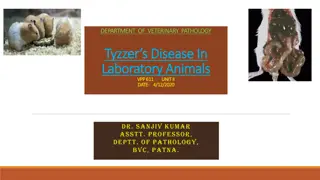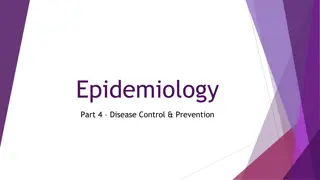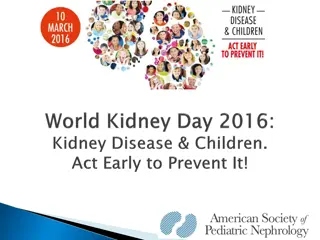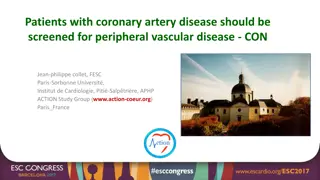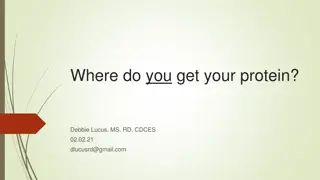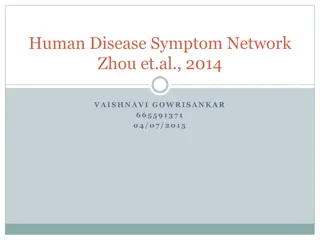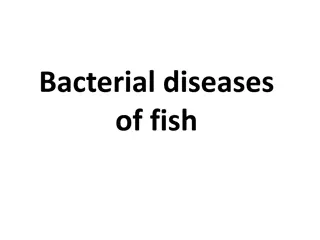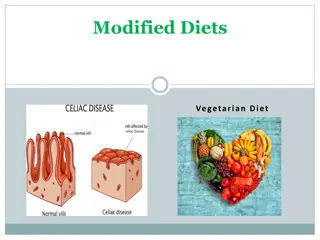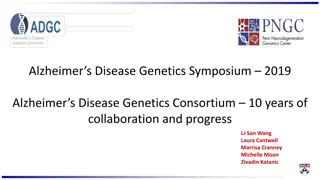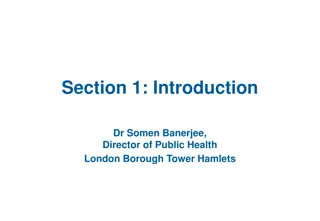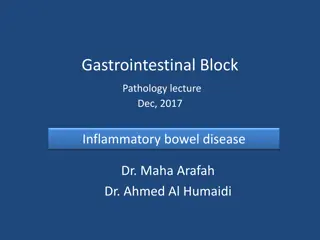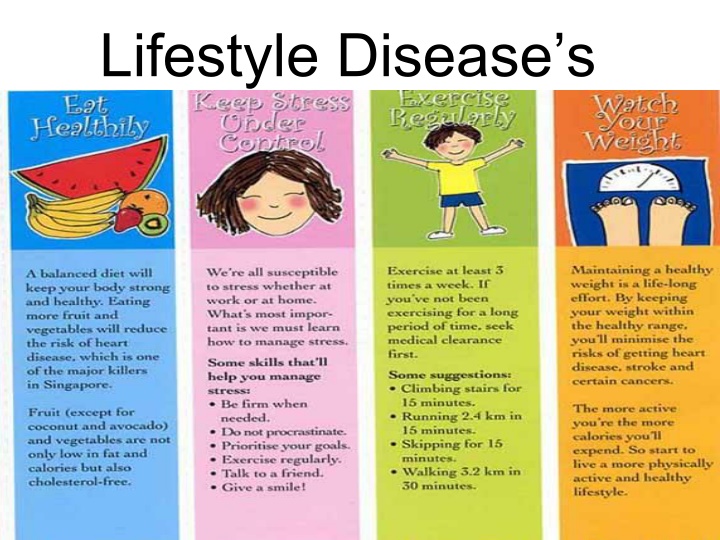
Understanding Heart Disease and Related Conditions
Explore the impact of lifestyle diseases, particularly heart disease, arteriosclerosis, blood clots, heart attacks, strokes, and more. Learn about the differences between heart disease and cardiovascular disease, as well as risk factors and preventive measures to protect your heart health.
Download Presentation

Please find below an Image/Link to download the presentation.
The content on the website is provided AS IS for your information and personal use only. It may not be sold, licensed, or shared on other websites without obtaining consent from the author. If you encounter any issues during the download, it is possible that the publisher has removed the file from their server.
You are allowed to download the files provided on this website for personal or commercial use, subject to the condition that they are used lawfully. All files are the property of their respective owners.
The content on the website is provided AS IS for your information and personal use only. It may not be sold, licensed, or shared on other websites without obtaining consent from the author.
E N D
Presentation Transcript
Heart Disease Facts Leading cause of death in the United States for adults 1 in 4 adults are ill with a form of this disease. Heart disease develops slowly over a lifetime.
What is the difference between heart disease and cardiovascular disease? Heart disease refers to the heart. Cardiovascular disease refers to the heart AND blood vessels.
Arteriosclerosis Arteriosclerosis means hardening of the arteries. Accumulation of soft fat on the inner walls of the arteries. Cuts off nutrients and oxygen. Also leads to high blood pressure.
Blood Clots Occurs when platelets begin to clot the plaque that has formed on the artery walls Some clots begin to travel in the blood stream until they become caught in an area they cannot pass through.
Heart Attack When there is blockage in the arteries located in the heart.
Stroke Clot/blockage in the vessels that feed the brain vital nutrients and oxygen.
He died of massive stroke at age 45 on 4/6/06: Heredity, weight gain , & stress probably played a significant role.
F.A.S.T Time: 2-3 hour window to get clot bursting drug to stand the best chance of full recovery.
Embolism Clot breaks loose traveling clot reaches artery to small and suddenly blocks the vessel
Body Mass Index (BMI): a measure of an adult s weight in relation to his or her height, specifically the adult s weight in kilograms divided by the square of his or her height in meters Obesity- having a very high amount of body fat in relation to lean body mass, or Body Mass Index (BMI) of 30 or higher.
Obesity Is Related to Many Chronic Health Problems Arthritis Gallbladder disease Physical disability Sleep disturbances Breathing problems Type 2 diabetes Hypertension Heart disease Stroke Breast cancer Colon cancer
Americans Food Practices are Shifting Dramatically Reduced frequency of family meals Increased fast food consumption Increased portion size Increased consumption of soft drinks Restrained eating, meal skipping
Abnormal cells multiply out of control and spread into surrounding tissues and other body parts. Cancer is the 2nd leading cause of death in the US.
Benign / Malignant / Metastasized Benign is non- cancerous, not harmful, and unable to spread Malignant is cancerous, is harmful, and ready to spread to other parts of the body. Metastasized cancer has moved from one part of the body to the other and starts new growth just like the original, and spreading.
Stages of Cancer Stage 1: Small & contained within the organ Stage 2: Has not started to spread into surrounding tissue, tumor is larger than in stage, & could have spread in the lymph nodes close to the tumor (this depends on type of cancer) Stage 3: Cancer is larger & may have started to spread into surrounding tissues Also, there are cancer cells in the lymph nodes. Stage 4: Has spread from where it started to another body organ. Sometimes doctors use letters A, B or C to further divide the number categories for example, stage 3B cervical cancer.
The four different classes cancer can be assigned to: Lymphomas- immune system organs Leukemia's- blood-forming organs Carcinomas- glands and body lining (skin, digestive tract) Sarcomas- connective tissues (bones, ligaments, and muscles)
Skin Cancer Facts It s highly curable with early detection. Cancer risk is just as high in tanning beds as in the sun. Melanin-is the pigment in dark-skinned individuals that protect them against UV damage SPF of 30 or higher is recommended
How does Cancer develop? 1) Exposure to a carcinogen 2) Entry of a carcinogen into the body 3) Change of cells genetic material 4) Out-of-control multiplication of the cells 5) Tumor formation
Cancer Risks You Can Control: 1) Tobacco Use 2) Alcohol Abuse 3) Poor Physical Activity
CAUTIONS Change in bowel or bladder habits A sorethat does not heal Unusual bleeding or discharge Thickening or lump that suddenly appears anywhere Indigestion or difficulty swallowing Obvious change in a wart or mole Nagging cough or hoarseness Sudden weight loss
Cancer Treatments Chemotherapy Radiation Therapy Targeted Therapy IOther Procedures and Techniques Stem Cell Transplant Hyperthermia Photodynamic Therapy Blood Product Donation and Transfusion Lasers in Cancer Treatment Immunotherapy
Cancer Treatments Treatments Surgery Chemotherapy Radiation Therapy Targeted Therapy Immunotherapy Other Procedures / Techniques Stem Cell Transplant Hyperthermia Photodynamic Therapy Blood Product Donation and Transfusion Lasers in Cancer Treatment
Diabetes is a condition of abnormal use of glucose, usually caused by too little insulin or lack of response to insulin.
Diabetes Facts The 6th leading cause of death in the U.S. Leading cause of blindness in the U.S. Contributes greatly to heart disease. Type 2 accounts for 80% of the cases, and most often affects those individuals middle age and older. Type 2 is recently on the rise in children. $245 billion spent annually on Diabetes American Diabetes Foundation
Type 1 Type 2 Usually sets in during adulthood, but is now prevalent in children Pancreas makes enough or too much insulin Insulin shots generally not required, but other drugs may be of help Body fatness Most preventableLifestyle related Usually sets in during childhood or adolescence with no controlling factors Pancreas makes too little or no insulin Insulin shots required Low to average body fatness
The pancreas performs 2 main functions: To produce digestive juices, which aid digestion. To produce the hormone insulin, which controls blood glucose. Considered to be in both the digestive and hormonal systems.
The Dangers of Diabetes. Diabetic Coma- a loss of consciousness due to uncontrolled diabetes and the resulting buildup of toxic ketones in the blood. Ketones- fragments formed by the tissues during incomplete use of fat for energy, and released into the blood. Insulin Shock- the result of too much insulin, which causes a dangerous drop in blood glucose. Also called hypoglycemia.
Early Symptoms of Diabetes Craving sweets Frequent thirst Slow healing cuts Frequent urination Blurred vision Itchy skin Hunger Fatigue
Possible long-term effects of Type 2 Diabetes. Impaired circulation Disease of the feet and legs that often leads to amputation Kidney disease that often requires hospital care or kidney transplant Impaired vision or blindness due to cataracts and damaged retinas. Nerve damage Skin damage Strokes and heart attacks

